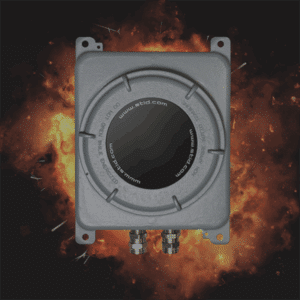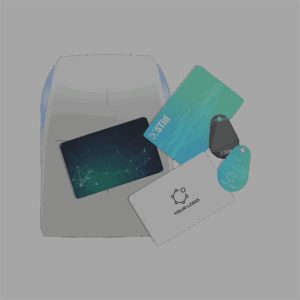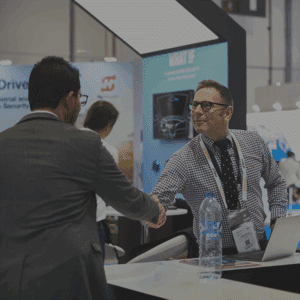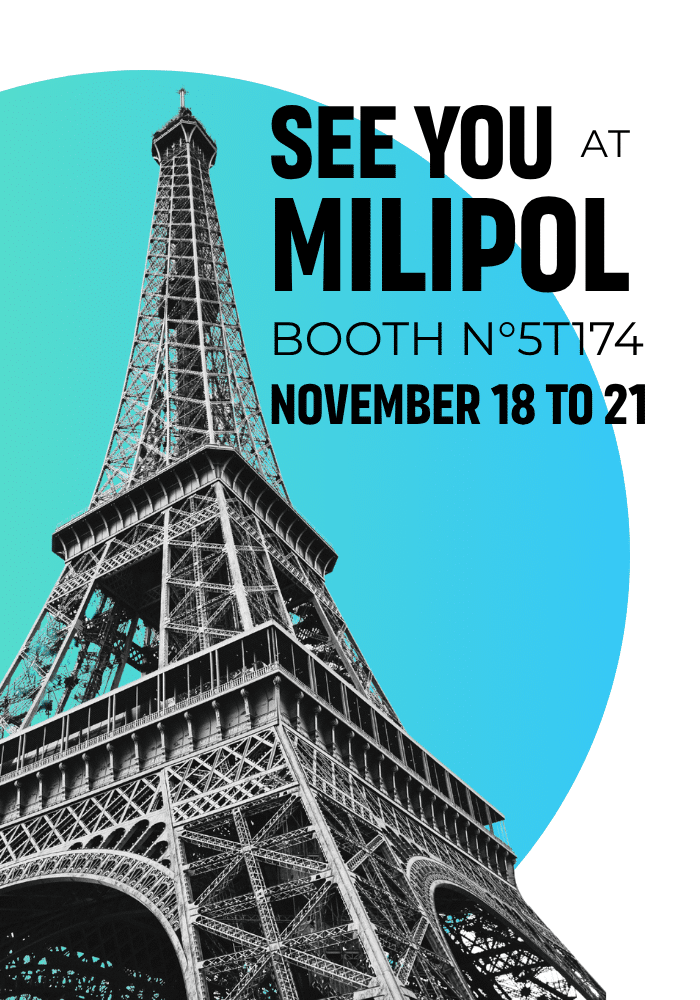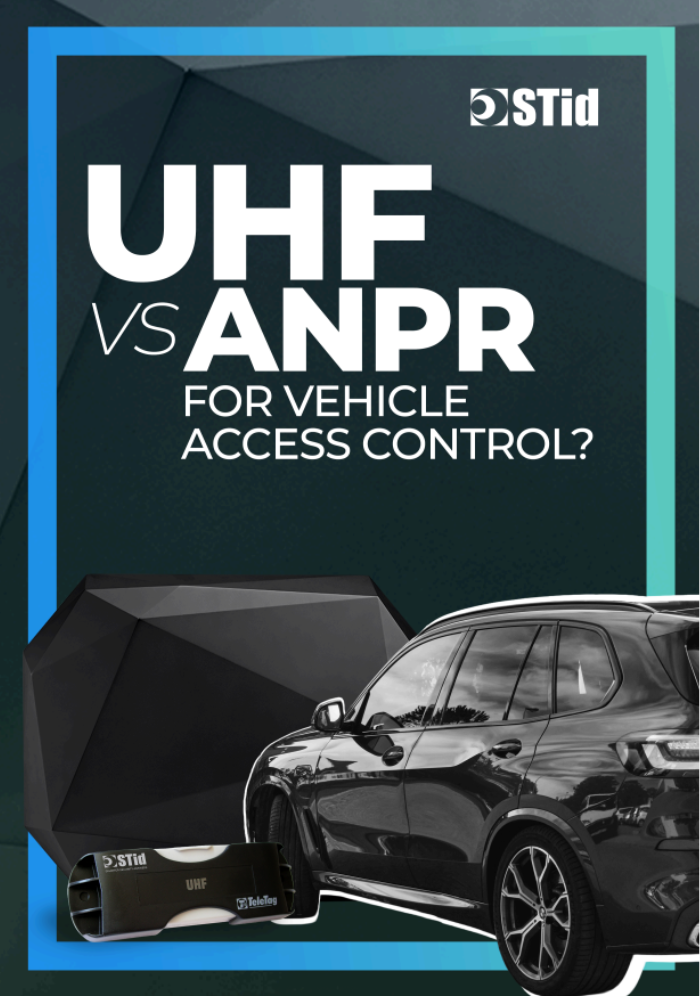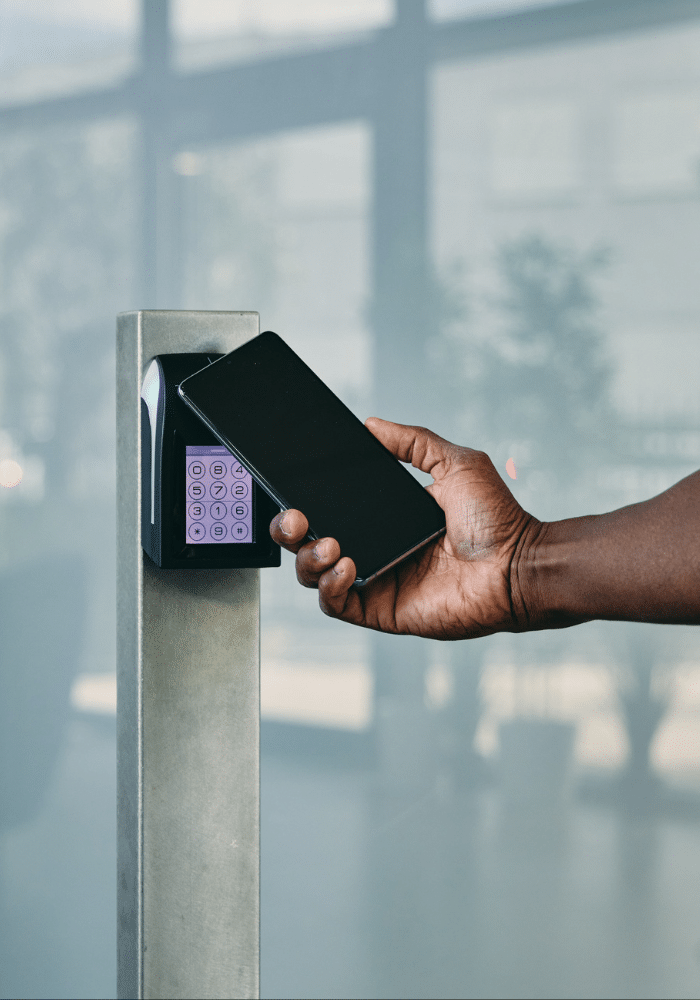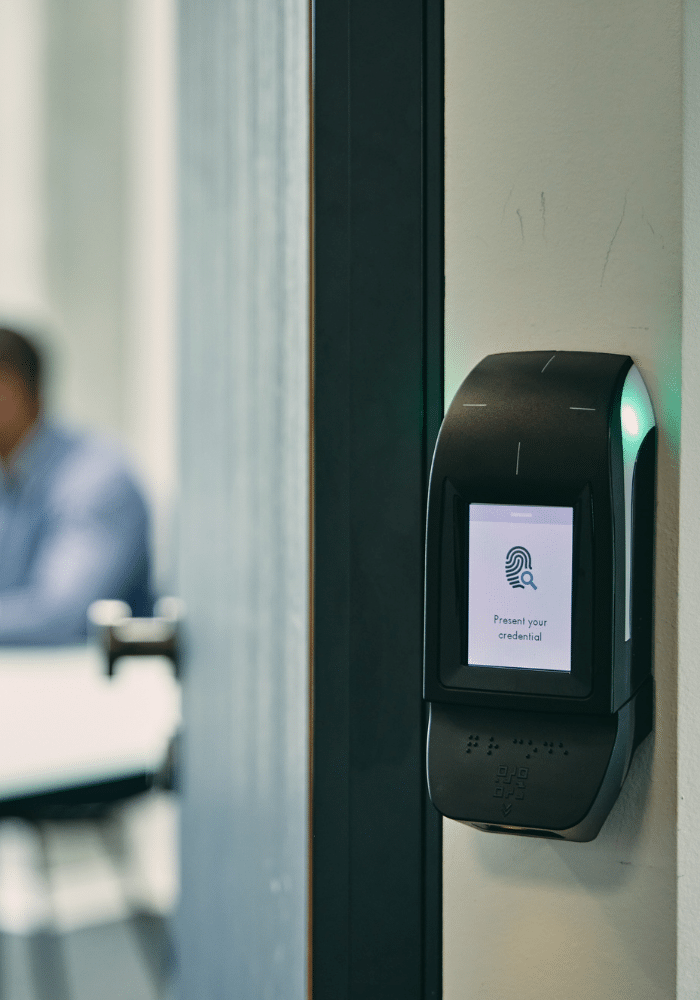Did you know there’s an alternative to Automatic Number Plate Recognition (ANPR) for vehicle access control?
UHF RFID technology enables long-range vehicle identification — up to 6 meters — without any need to stop.
Efficient vehicle access control has become a critical concern for car parks, gated communities, logistics hubs, industrial sites and high-security facilities.
The ability to move vehicles in and out quickly, without compromising safety, can dramatically improve site operations. Today, two main technologies dominate the market: UHF RFID & Automatic Number Plate Recognition (ANPR).
While ANPR is widely used, many organisations are now upgrading to UHF long-range identification to achieve faster throughput, stronger security and greater reliability.
In this article, we explore how both technologies work, their main strengths and weaknesses, and why UHF is emerging as the preferred solution for high-performance vehicle access management.
Why Long-Range Vehicle Identification Matters
Traditional access control, keypads, proximity cards, manual checks or window-mounted badges, often forces drivers to stop, lean out of their vehicle or wait for verification. This slows traffic flow, increases congestion and decreases user satisfaction.
With growing pressure on secure mobility, especially in logistics, smart cities and corporate parking, organisations need systems that:
- authenticate drivers and vehicles automatically,
- reduce waiting times,
- operate reliably in all weather,
- maintain a high level of security.
Long-range access technologies solve these issues by identifying vehicles before they reach the barrier, allowing entry without stopping.
The two most commonly deployed solutions are UHF RFID and ANPR.
How UHF RFID Access Control Works
UHF (Ultra High Frequency) RFID systems use passive electronic tags attached to the vehicle, windscreen tags, headlamp tags or embedded stickers. When a vehicle approaches the entrance, a long-range reader detects the tag, verifies the credentials stored inside, and opens the gate automatically.
This makes UHF especially useful for:
- gated communities and residential car parks
- corporate and employee parking facilities
- toll gates and fast-lane highways
- distribution centres and transportation depots
- industrial sites and restricted-access zones

Key advantages of UHF technology
Consistent performance in all conditions
UHF uses radio waves, not optical characters. Rain, fog, dirt, damaged plates or night-time lighting have little to no impact on reading accuracy.
✔ Universal compatibility
Because identification is based on the tag, not a license plate, UHF works on motorcycles, trucks, forklifts, construction equipment and vehicles with foreign or non-standard plates.
✔ Fast and seamless traffic flow
With ranges up to 6 meters, vehicles don’t need to slow down or stop. In high-volume areas like logistics hubs, this reduces bottlenecks and increases productivity.
✔ Higher data security
Encrypted tags prevent cloning or spoofing attempts. Unlike license plates, UHF credentials cannot simply be copied or photographed.
ANPR: Useful, but with operational limits
ANPR systems use high-resolution cameras and optical character recognition to read license plates and compare them to a database.
They are frequently used in city surveillance and for parking enforcement.
Benefits of ANPR
✔ No hardware on the vehicle
Nothing needs to be installed, just the license plate itself.
✔ Integration with law-enforcement systems
ANPR is useful for identifying stolen or unauthorised vehicles.
Challenges of ANPR
❌ Variable accuracy
Rain, glare, snow, dirt, damaged plates or unusual fonts often reduce accuracy.
❌ Limited compatibility
Some vehicles, especially motorcycles, trailers, forklifts or temporary visitors, may not be recognised reliably.
❌ Slower throughput
In many cases, vehicles must pause to ensure a clean image capture.
❌ Higher risk of fraud
Since the system relies only on reading a plate, plate cloning or spoofing can compromise security.
For environments demanding both security and speed, these limitations become costly.
UHF in Action: Why Many Sites Prefer It
Access-control specialists consistently highlight UHF as the most frictionless solution for high-traffic environments.
Without cameras to maintain, no optical accuracy issues and no vehicle stoppage, UHF ensures:
- predictable performance
- faster vehicle movement
- reduced operational delays
- higher user satisfaction
It is a practical way to modernise access systems and remove human intervention—especially where every second counts.
Conclusion: A Modern, Efficient Approach to Vehicle Access
As organisations search for reliable and secure ways to manage vehicle entry, the limitations of ANPR are becoming clearer.
UHF offers:
✔ faster throughput
✔ higher accuracy
✔ universal vehicle compatibility
✔ protection against spoofing
✔ smooth user experience
✔ better efficiency in demanding environments
For car parks, corporate sites, logistics hubs or smart-city infrastructure, UHF RFID has become the preferred alternative to ANPR, delivering both speed and security in a single, simple system.
Need help? Contact us
Still looking for product information? Start by consulting our FAQ.
Still no answer? Don’t hesitate to contact us
